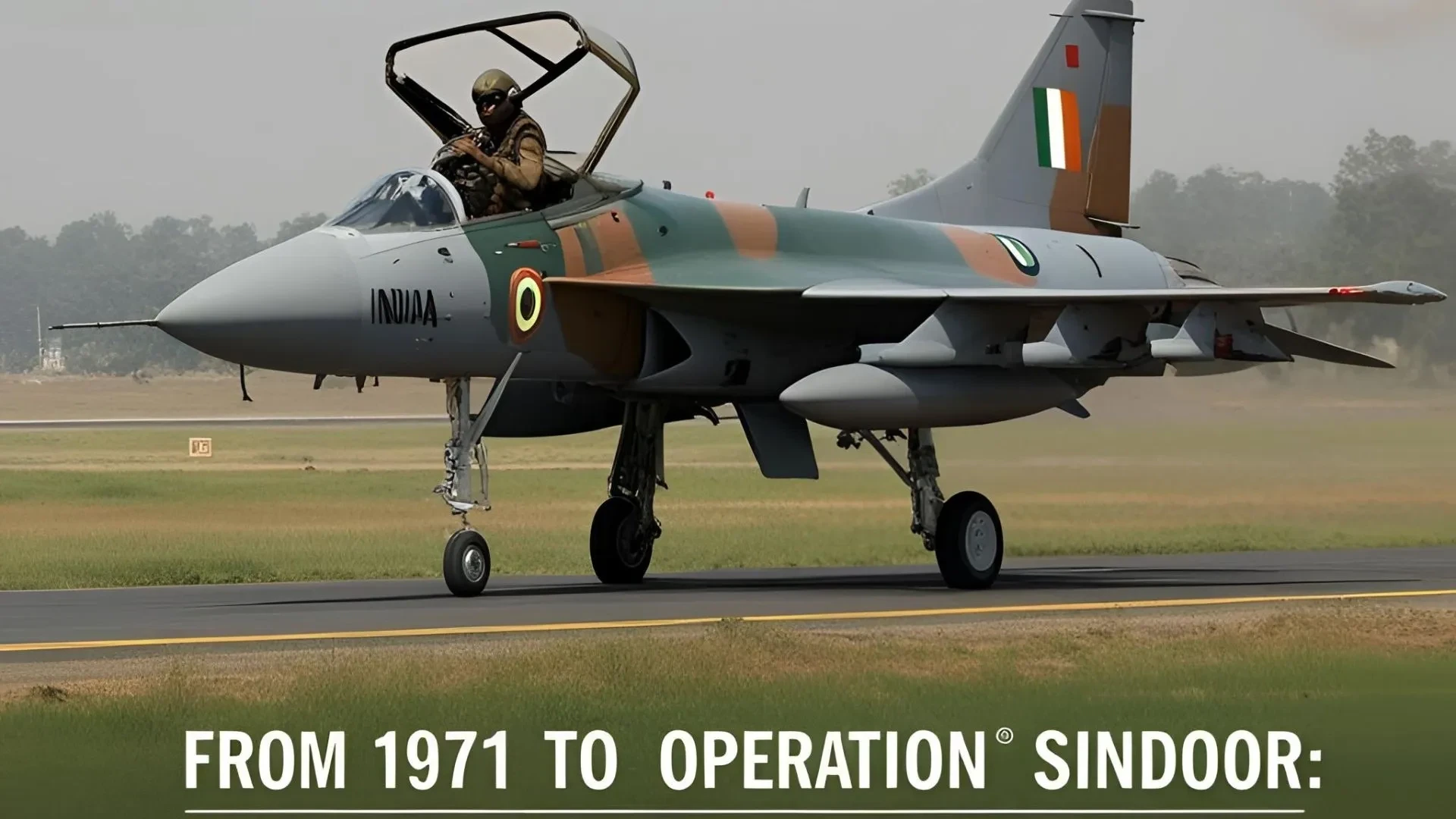When the Indian Armed Forces launched Operation Sindoor in the early hours of May 7, 2025, the precision and intent behind the missile strikes on terror infrastructure in Pakistan echoed a long-standing legacy.
Over five decades ago, in 1971, India had demonstrated a similar resolve-decimating Pakistani air power in a swift, calculated campaign that helped alter the course of the subcontinent’s history.
1971: The First Lessons in Air Supremacy
During the Indo-Pak war of 1971, the Indian Air Force carried out targeted strikes on Pakistani air bases, destroying ten major installations within days. These bases-including those in Sargodha, Risalewala, and Mianwali-were critical to Pakistan’s air operations. By neutralizing them early, India ensured air dominance, which gave Indian ground forces unchallenged cover during the liberation of East Pakistan (now Bangladesh).
Air superiority became not just a strategic tool, but a psychological one. It sent a signal to adversaries: India would strike with precision when provoked-and win.
2025: Operation Sindoor Reflects a Strategic Continuity
Operation Sindoor follows the same doctrine, adapted for today’s realities. After the brutal Pahalgam massacre, where terrorists trained in Pakistan murdered 26 Hindu tourists in cold blood, India responded not with rhetoric but with resolution.
Nine terror-linked targets were hit across Pakistan and Pakistan-occupied Kashmir, including the notorious Markaz Subhan Allah in Bahawalpur-a known Jaish-e-Mohammad headquarters. The Indian Air Force, working in joint coordination with the Army and Navy, used deep-penetration missiles and real-time drone surveillance to ensure that only terror infrastructure was destroyed. Civilian lives were spared.
Among the targets were facilities historically linked to terror attacks in India: Muridke (home to Lashkar-e-Taiba), Tehra Kalan, Kotli, and Muzaffarabad. Each location was chosen with care, much like the 1971 strikes, not just to weaken the enemy’s capability but to send a geopolitical message.
What began in 1971 as a war fought partly in the skies has, in 2025, become a model for surgical, intelligence-backed air campaigns. India’s message remains consistent-acts of terror will not be tolerated, and when provoked, the response will be firm, targeted, and strategically overwhelming.
Operation Sindoor, named after the sacred red mark worn by married Hindu women, is not just military action-it is a symbol. A symbol of justice for those widowed in the Pahalgam attack. A symbol of resolve forged in 1971, carried forward by a generation that still remembers why air supremacy matters.
